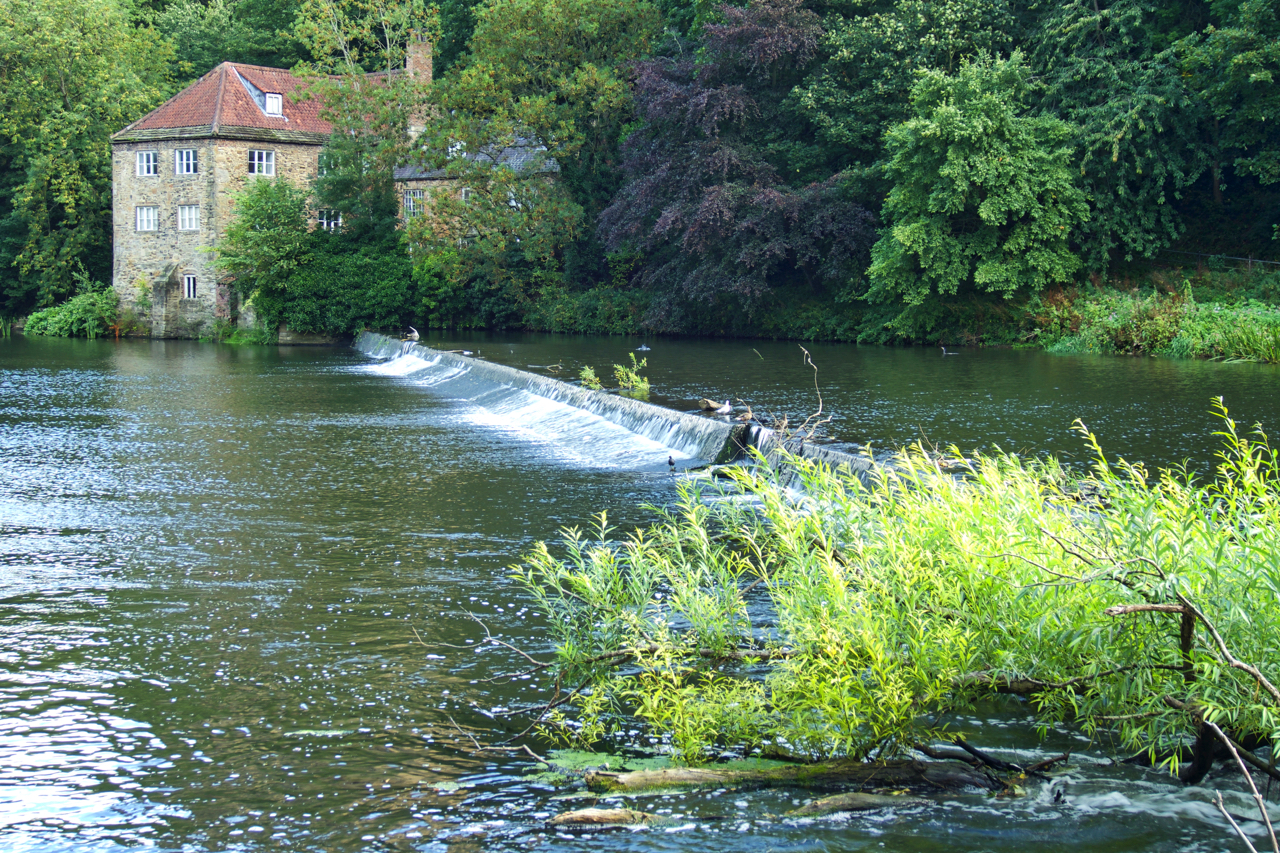A few hours to kill in Durham and wanting a break from the shops and touristy things headed down to the River Banks for a stroll along the Wear. On the far side were two corn mills belonging to the Bishop of Durham, known as the Jesus and Lead Mills. By the end of the 18th-century, they were being used as fulling mills in the cleaning of wool. Fulling is a process by which the wool was cleaned. At its simplest, this would be by trampling the wool in large vats covered by a wash containing ammonium salts. Typically stale urine would be used as a source for the salts. Mechanisation improved the process in a fulling mill where the wool was beaten by large hammers driven by water power. A naturally occurring clay called fuller’s earth replaced the urine.
After fulling, there was a risk that the wool would shrink during drying so it would be stretched onto tenters or a long wooden framework and left to dry slowly. The hooks used to attach the wool were called tenterhooks, hence the expression “to be on tenterhooks” meaning to be in a state of uncomfortable suspense.

Leave a Reply to Bob Howe Cancel reply